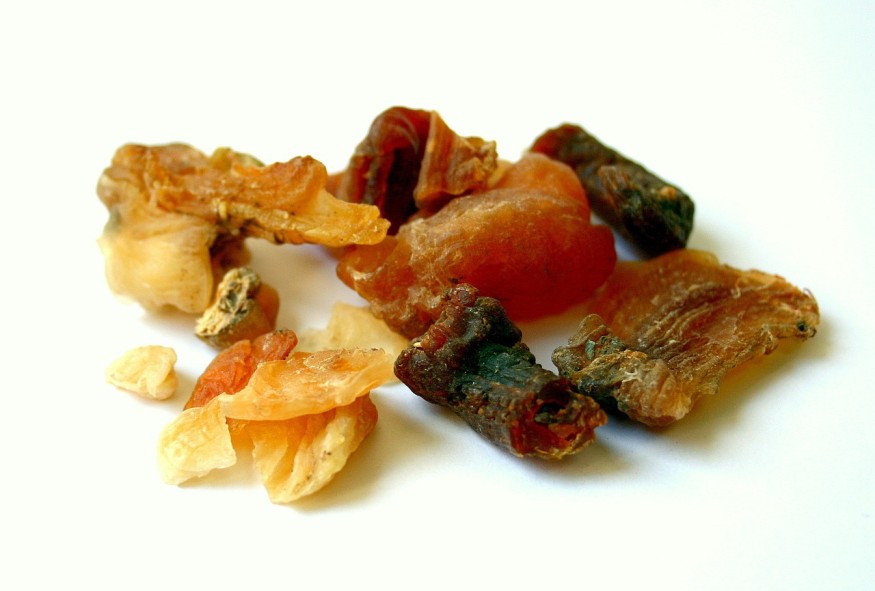
Some teenagers from 9,700 years ago chewed on resin in order to make glue just after they ate hazelnuts, deer, and trout.
Resing-Making
Roughly 9,700 years ago, individuals were camping on Scandinavia's west coast. These people were hunter-gatherers who were hunting, fishing, and gathering resources.
Some boy and girl adolescents were chewing on resin in order to make glue just after they consumed hazelnuts, deer, and trout. Because of a severe infection in the gums, or periodontitis, one teenager experienced problems eating deer meat and preparing resin.
This picture of the Mesolithic period comes from DNA analysis on the chewed resin remnants. Findings were included in the "Metagenomic analysis of Mesolithic chewed pitch reveals poor oral health among stone age individuals" study.
Stone Age Chewing Gum
The area is now called Huseby Klev and is situated in Gothernbur's north. During the early 1990s, it underwent archaeological excavations. This yielded roughly 1,849 flint artifacts as well as 115 resin pieces.
Some of the resin pieces were found to have imprints of teeth. This indicated that adolescents were chewing on them. The discovery of masticated lumps, often with fingerprints, tooth imprints, or both, is not rare in Mesolithic areas.
The resin pieces analyzed by the researchers consisted of birch bark pitch, which is acknowledged to have served adhesive purposes in stone tool technology from the Middle Palaeolithic period. However, chewing them was also done for medicinal and recreational purposes in traditional groups.
Bacteria and Fungi
In some of the resin pieces, half of the DNA extracted was found to have human origins. This is quite significant and a lot, compared to what is typically found in prehistoric teeth and bones.
It serves as some of Scandinavia's oldest human genomes. Its ancestry profile is particularly common for hunter-gatherers in the Mesolithic period who lived in these areas.
As for the other half of DNA with non-human origins, most of them came from other organisms, such as fungi and bacteria, that have dwelled in the mastic since its discarding. However, some of the bacteria were also from humans who chewed it.
The researchers also found the bacteria that can be expected in an oral microbiome. They also discovered traces of bacteria implicated in certain conditions, such as caries and tooth decay. They also found bacterial traces of systemic diseases. There were also abscess-causing bacteria.
While the presence of such bacteria was detected, they did not exceed the level that is expected for an oral microbiome that is healthy. Hence, there is no conclusive proof that the individuals had the diseases that were linked to these microorganisms.
However, the researchers discovered rich bacteria linked to periodontitis, a serious gum condition. With the help of a machine learning technique called Random Forest modeling, the researchers discovered that one girl who chewed on one resin piece may have had periodontitis. The probability of this case was at 75%.
They also discovered DNA from other larger organisms. They discovered the DNA of hazelnuts, brown trout, and red deer. It is likely that the DNA came from the material that the teenagers were chewing on prior to putting birch pitch into their mouths.
However, as there are fewer eukaryotic genomes in resin samples and as they tend to have lower quality, the brown trout, for instance, may not have been brown trout. Nevertheless, the researchers are sure that the species belongs to the salmon family.
The researchers also found significant fox DNA, which is more difficult to interpret.
Overall, the discovery serves as a massive step towards understanding human culture during the Stone Age. More surprises could surface as the analysis continues.
RELATED ARTICLE : Oldest Human Body 'Iceman' New DNA Analysis Suggests Dark Skin Origins and Not Caucasian
Check out more news and information on Archaeology in Science Times.












